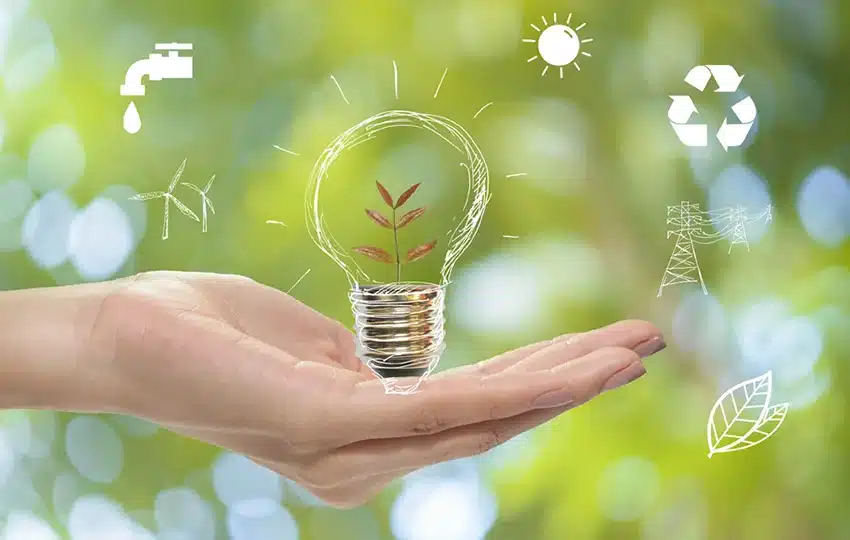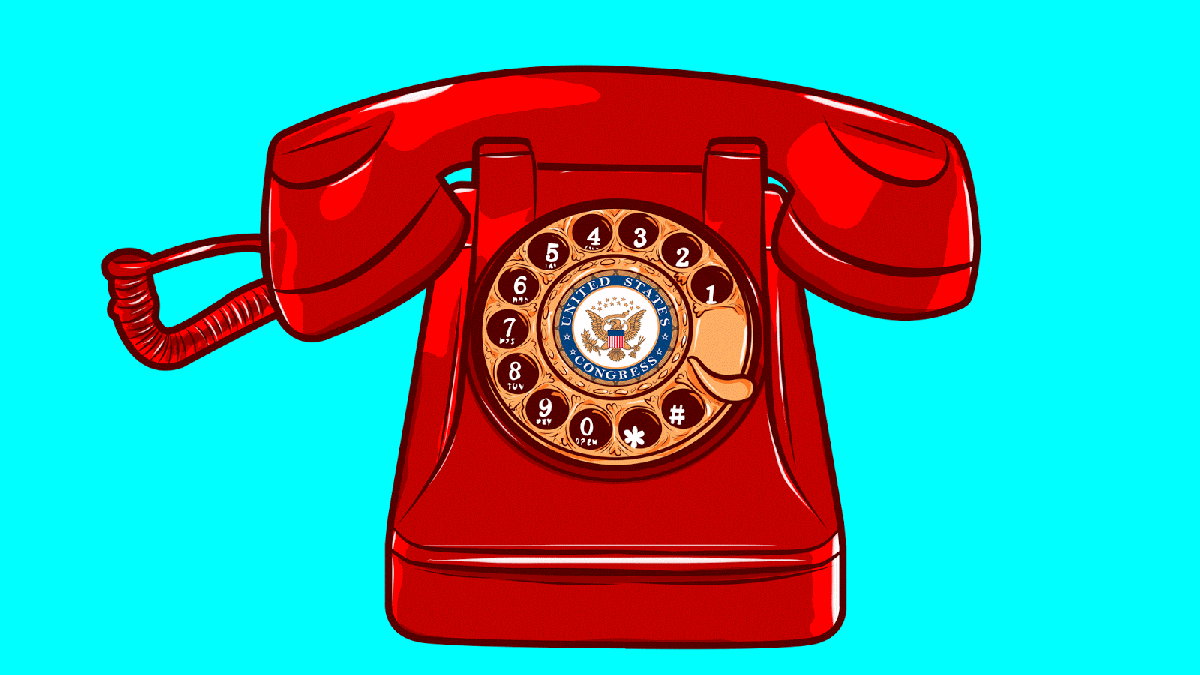Powering our homes with clean energy is one of the most important things we can do to address climate change.
You want to do your part to not waste energy but there are limited options for renters to switch to renewable energy. Yet seemingly infinite ways to improve energy efficiency and reduce consumption at home.
Learn how to power your home with clean energy, save money and combat climate change with these energy efficiency tips!
By improving the energy efficiency of your home you can save:
- money
- improve your health
- reduce greenhouse gas emissions (GHGs)
Whether you rent, own, or manage a property there are so many tools available to help conserve energy in your home.
Low to No-Cost Home Energy Efficiency
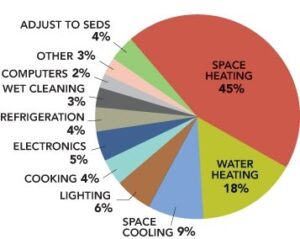 The Department of Energy estimates that the typical household can save 25 percent on utility bills by taking energy efficiency measures, amounting to hundreds of dollars in savings annually (1). Residential energy production makes up roughly 20 percent of GHGs in the US. Putting that in context; if our household energy production was considered a country, it would be the sixth-largest greenhouse gas emitter (2).
The Department of Energy estimates that the typical household can save 25 percent on utility bills by taking energy efficiency measures, amounting to hundreds of dollars in savings annually (1). Residential energy production makes up roughly 20 percent of GHGs in the US. Putting that in context; if our household energy production was considered a country, it would be the sixth-largest greenhouse gas emitter (2).
Renters may be left wondering what energy-efficiency steps they’re able to take while being limited to a lease agreement. Since they make up the majority of DC residents, we’ll focus on what renters can do to save energy in their homes while we wait and advocate for widespread clean energy adoption.
Home Energy Audit
The District Department of Energy & Environment (DOEE) recommends starting with a home energy audit to identify and correct energy losses in your home. Professional audits generally run between $300 and $500 and include the benefit of increased accuracy. However, DC DOEE provides guidance on conducting a DIY home energy audit (3). By correcting airflow issues, improving insulation, and using energy-efficient lighting, you can reduce your electricity use and lower your energy bill at little expense.
Low to No-Cost Energy Saving Tips
 Lighting
Lighting
Switching to energy-efficient lighting is one of the easiest ways to cut your electricity use and energy bills. Modern, energy-efficient light bulbs can use a fraction of the energy of traditional bulbs. Opt for LEDs, CFLs, or halogen incandescents with the ENERGY STAR certification. Also flip the switch to the off position, when not in use, to conserve the most energy .
Heating and Cooling
Heating and cooling make up some of the largest energy expenditures in any home. Reducing energy use from heating and cooling can be as simple as resetting your thermostat when you’re away from home or asleep.
In these hot summer months, keep the thermostat temperature higher when you’re away, close window shades to keep out the heat of the sun, and set your thermostat as high as comfortably possible when you’re home and need cooling. If you have a window-unit air conditioner, be sure the area around the unit is properly sealed to keep the cool air inside. You can also remove the window unit in the winter months to prevent energy losses.
During the winter, save energy by setting the thermostat to a lower temperature when you’re away and keeping window shades open to take advantage of the sun’s rays during the day.
 Windows and Doors
Windows and Doors
Windows and doors are one of the main ways your home loses heat in the winter. Fortunately, there are a number of affordable options that are easy to apply and remove and will keep your home insulated.
Weatherstripping your doors and windows can seal them off from air leaks and prevent your heating and cooling system from working overtime. Your first step is to check around your home for any air leaks and assess your ventilation needs to ensure adequate indoor air quality. Choose weatherstripping products unique to each specific location.
Visit the Department of Energy’s website for more information on weatherstripping (4).
Appliances and Electronics
Choose energy-efficient appliances whenever possible, and reduce the amount you use them to save money and energy at home. Even when turned off, electronics and appliances use small amounts of electricity that add up over time —also known as phantom power. Things like your phone charger, coffee machine, and TV are all still using energy when they’re plugged in, so be sure to unplug appliances and devices when you’re not using them. Using a power strip for electronics allows you to easily disconnect the power supply from multiple devices when you don’t need them.
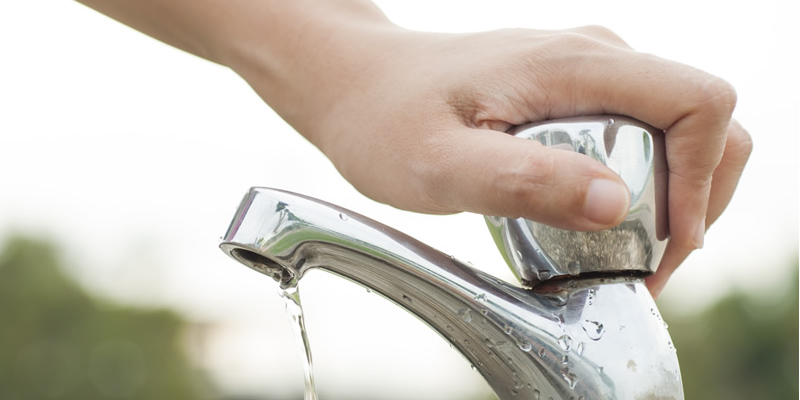 Water
Water
It takes a lot of energy to deliver and treat the water we use every day for:
- bathing
- cooking
- cleaning.
One of the easiest ways to save both water and energy is to install water-efficient products. WaterSense certified products like low-flow showerheads, faucet aerators are often inexpensive and reduce both energy and water use in your home.
Fixing leaks, taking shorter showers, turning off the tap when you brush your teeth, and setting your washing machine to use cold water when washing clothes will also make a big difference. You can also save water by scraping your dishes instead of rinsing, and running the dishwasher once it’s full.
You can use this calculator to find out your water footprint (5).
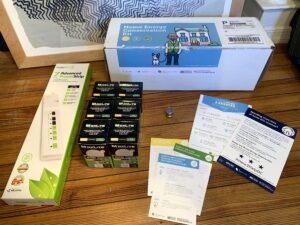 DC Home Energy Conservation Kit
DC Home Energy Conservation Kit
The DC Sustainable Energy Utility is currently offering discounted Home Energy Conservation kits for$10 until 9/30/21 or while supplies last (6). These kits include 6 multidirectional LED light bulbs, an advanced power strip, and a bathroom faucet aerator.
DC residents who receive assistance with their energy bills through DOEE’s LIHEAP program can also request a kit at no cost (7). I ordered a kit for my rented apartment and the total cost was $10.60 compared to the original cost of $50.
Call to Action
Take the Pledge
During the month of July, when energy usage is usually at its peak, DC is encouraging residents to take steps to reduce their energy use at home with a chance to win a $300 credit on their energy bill. District residents can participate by taking the energy saving pledge on the Reduce Energy Use DC website. They will receive weekly usage reports via email beginning on July 7th that will share tips on how to save energy and compare your energy usage to your prior week’s consumption (8).
Reach out to your members of Congress and your local representatives
While we all have a part to play in energy conservation, it’s going to take bold action from our government to meet national emission reductions and climate goals.
 Fortunately, Congress is currently considering ambitious climate policy on the federal level. Extensive research has found that if the electrical grid is decarbonized, then the residential housing sector can meet the 28 percent emissions reduction target for 2025 under the Paris Agreement (9).
Fortunately, Congress is currently considering ambitious climate policy on the federal level. Extensive research has found that if the electrical grid is decarbonized, then the residential housing sector can meet the 28 percent emissions reduction target for 2025 under the Paris Agreement (9).
We currently have a once-in-a-lifetime chance to pass comprehensive infrastructure reform that will usher in a healthier, more equitable clean future. If you’re registered to vote in DC, you can call Rep. Eleanor Holmes Norton at 202-225-8050. If you’re registered outside the district, you can find out who your representatives are by going to www.house.gov/representatives/find-your-representative and find your senators at https://www.senate.gov/senators/senators-contact.htm (10, 11). You can also call the Capitol switchboard at 202-224-3121 and ask to be connected with the office of your representative or senator.
Tips for Calling:
- Make a plan. Take some notes to remember what you want to say.
- Introduce yourself and let them know you’re a constituent. Your opinion as a voter goes a long way!
- Tell them why you’re calling. It’s crucial that Congress take serious action on climate change this year to meet the critical target of cutting GHGs in half by 2030.
- Make a specific ask. For example:
- “I’m really excited about the American Jobs Plan, and I think it’s really important to pass a strong clean electricity standard to get us on a path to 100% clean energy”
- “I love the idea of a Citizens Climate Corps and ask that Congress provide full funding”
- “It’s really important to accelerate the transition to electric vehicles with increased investment, rebates, and tax incentives”
- “I’m asking you to support building electrification with rebates for induction stoves and electric heat pumps.”
Choose your favorite climate priority!
- 5. Leave your contact information. Great job – you did it! It’s that easy!
For many people, calling their representative can be a daunting task. It can be helpful to keep in mind that most of the time, the person on the other end of the phone is likely an intern or young staffer. They’re trained to listen to constituent messages and relay them to the representative and their staff so that voters’ views are represented in decision-making. Having been one of those people on the other side of the phone, I promise they’re not scary.
It can be more fun to call with friends and even more effective with more people. Check in with a local environmental or climate organization and ask if they’re organizing around the American Jobs Plan. They might host events to call Congress with other people or have more call scripts you can use from home.
Sources
- Why Energy Efficiency Upgrades, https://www.energy.gov/eere/why-energy-efficiency-upgrades
- The carbon footprint of household energy use in the United States, https://www.pnas.org/content/117/32/19122#:~:text=Residential%20energy%20use%20accounts%20for,emissions%20in%20the%20United%20States
- DIY Home Energy Audit, https://doee.dc.gov/service/diy-home-energy-audit
- Weatherstripping, https://www.energy.gov/energysaver/weatherize/air-sealing-your-home/weatherstripping
- Water Footprint Calculator, https://www.watercalculator.org
- Home Energy Conservation Kit, https://www.dcseu.com/homeenergykits
- Income Qualified Efficiency Kit, https://www.dcseu.com/income-qualified-efficiency-kit
- Take the Pledge, https://www.reduceenergyusedc.com/about_the_pledge?locale=en
- The carbon footprint of household energy use in the United States, https://www.pnas.org/content/117/32/19122#:~:text=Residential%20energy%20use%20accounts%20for,emissions%20in%20the%20United%20States.
- Find Your Representative, www.house.gov/representatives/find-your-representative
- Contacting US Senators, https://www.senate.gov/senators/senators-contact.htm

